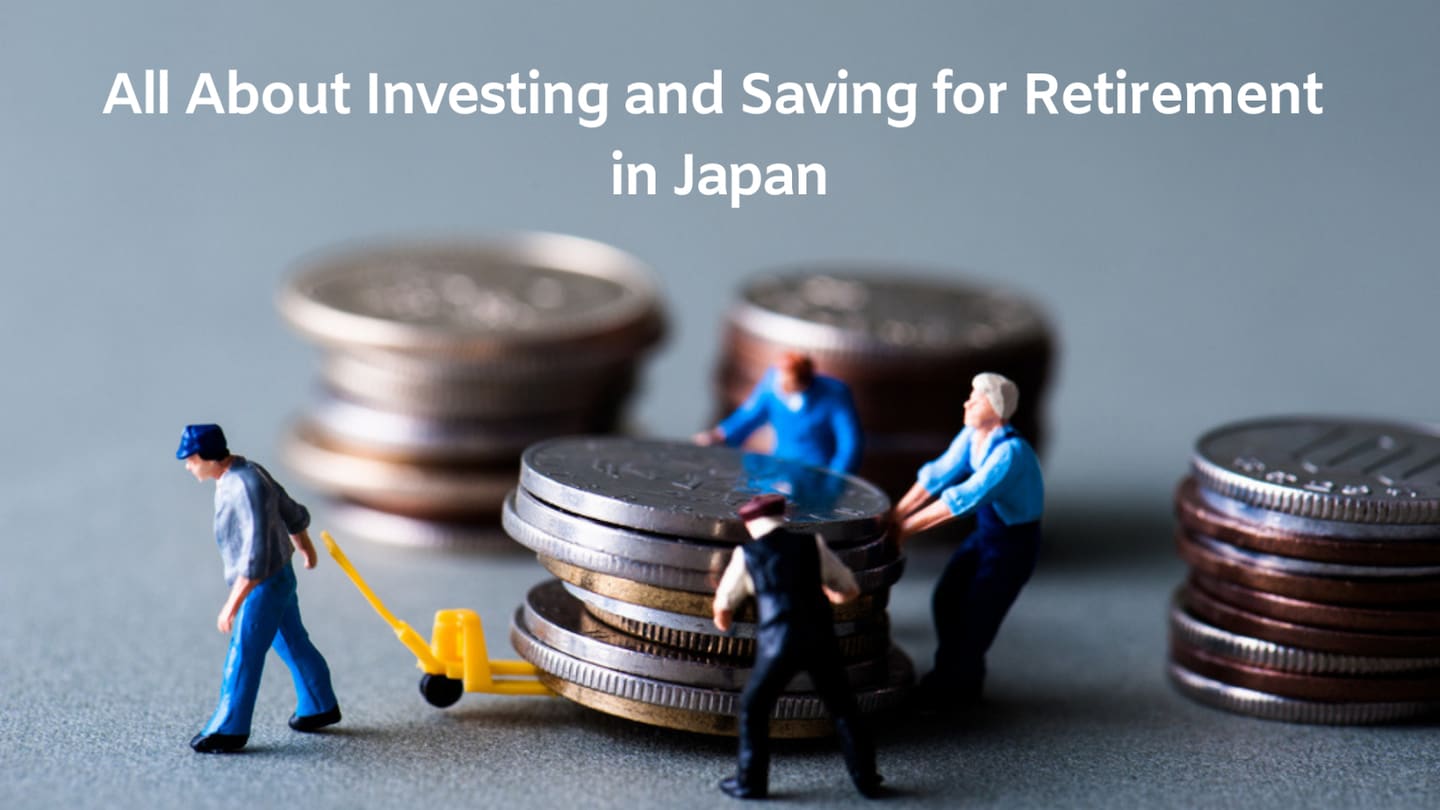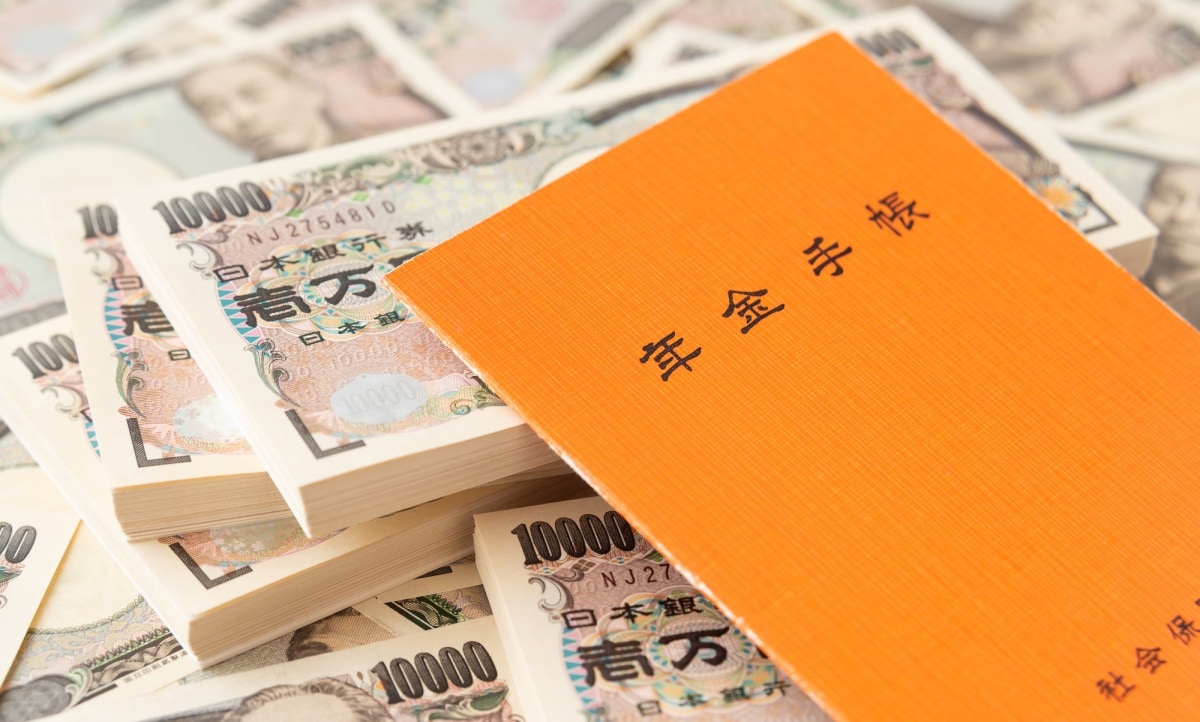All About Investing for Retirement in Japan

In this short introductory guide to investing in Japan we’ll cover the three main options to invest your hard-earned cash and prepare for retirement—in plain English!
By RetireJapanGetting into investing in Japan can seem hard. Not only is most of the information written in Japanese, but a large part of the population still really isn't that into investing. In fact, many consider options besides saving accounts somewhat scary and dangerous. To make things worse, the people that you would think you can trust (like banks and financial advisors) are mostly looking to sell you expensive products that will make them rich and leave you with substandard returns.
This simple little guide to investing in Japan will cover the three main options you have for investing your money within the Japanese system, with additional advice for U.S. citizens who have to deal with strict rules about investing abroad.
Before Investing

First, this guide assumes you basically have your finances sorted out. This means you don’t have any expensive debts, are saving money every month and have an emergency cash fund to turn to for sudden large expenses or other emergencies. If this is not the case for you, deal with these issues first before you start moving on to investing.
In addition to investing, we strongly recommend you pay into the nenkin national pension system while you live in Japan. Besides being a legal obligation as a resident, the government can freeze or empty your bank accounts if you fail to pay in a timely manner (they will send you a lot of reminders first, of course). If you decide to leave Japan you can apply for a Lump-Sum Withdrawal payment of your contributions, so you will get at least part of the money you put in back. Nenkin is also tax-deductible and allows you to open an iDeCo account.
Option 1: iDeCo

For those planning to be in Japan for the long term, and pay both nenkin and income tax, one simple option for preparing for retirement is opening an iDeCo account.
iDeCo accounts were created by the government to encourage individuals to save and invest their hard-earned cash for retirement. They are similar to 401k accounts in the U.S. but the contribution limits are lower—between ¥12,000 and ¥68,000 (about US$100 to $600) per month, depending on your employment status.
One of the advantages of iDeCo is that you can contribute pre-tax income, which means you can reduce your income taxes by stocking away your cash in these accounts. You can get an estimate of how much money you could save in taxes each year by using this calculator (Japanese only). The money can be invested in mutual funds, cash deposits or insurance, depending on which bank or service you choose to set up an iDeco with.
Since this is a retirement account, you cannot access the money until you reach the age of 60. When you cash out you get a tax-free allowance based on how long you paid in for, and decide whether you want an annuity (a set amount you receive each year) or prefer to do lump-sum withdrawals. You can read more about iDeCo here.
Option 2: NISA

If you already have an iDeCo account, don't plan to live in Japan long-term or you don’t want to lock up your money until you are 60, then perhaps NISA might suit your needs better.
NISA accounts are modeled on the U.K. ISA account, and are basically a way to invest, tax-free. You invest post-tax income—so you don’t get the income tax-reducing benefits of iDeCo—but you don’t have to pay capital gains or dividend taxes on your investments, allowing your stash of cash to grow a bit quicker.
There are three types of NISA accounts available; two for adults (regular NISA and tsumitate NISA) and one for children, called Junior NISA. You can invest between ¥400,000 and ¥1.2 million a year. Each family member can have their own if you really want to maximize your tax-free investing!
One thing to keep in mind is that the tax-free benefits only last for five years (or twenty years in the case of tsumitate NISA), or 10 if you roll them into a new NISA account after the first period is up. However this may change, and you can read more about NISA here, including helpful updates in plain English.
Option 3: Taxable Accounts

Finally, you can easily open and invest in a taxable account. There are various versions of these as Japan has some really investor-friendly policies, but tax-reporting tax-withholding accounts (特定口座源泉徴収あり・tokutei koza gensen choshu ari) is one of the best and easiest options. If you use this type of investing account, your bank or broker will calculate your taxes and pay them on your behalf. So (in most circumstances) you won’t need to report your investments on your tax return.
Using online brokers is usually better than dealing with banks or big brick and mortar brokerage firms, as the fees will be lower. You can get a personal account about opening these types of accounts here.
U.S. Citizens & Greencard Holders Beware!

U.S. citizens are required to abide by American tax laws and reporting requirements even when living abroad. This makes it difficult for American citizens to use Japanese investing accounts. Generally speaking, we recommend investing your savings in the U.S., either using an existing investment account—as you’ll find it difficult to open a new one from overseas—or with services like Interactive Brokers, who are happy to do business with American expats.
Be sure to look into the tax implications carefully, as getting hit with fines from the IRS is definitely something you want to avoid!
Extra Tips

If you’re planning to stay in Japan and you pay income tax, iDeCo might be a good place to start. Otherwise, a NISA account is very flexible and means you don’t have to pay taxes on your investments and interest growth. If you max out the first two, you can continue investing in a taxable account.
The most important thing to do is to start learning more, and to take action. Don’t worry about doing everything all at once, just choose one type of investment account and start putting money into it, then add another once you feel ready. When you start investing, take it slow. Invest small amounts of money at first, then slowly increase the amounts as you get used to it and become comfortable.
If you have any questions about personal finance or investing, drop by the RetireJapan forum. We have a friendly and welcoming community of people who are happy to share their ideas and experience, and it's a great place to get feedback on an investment opportunity or product you are considering.



